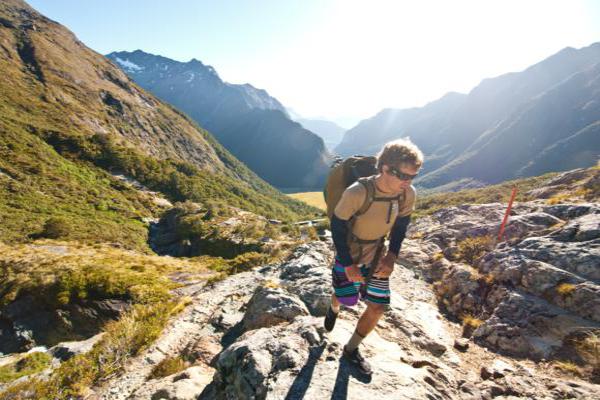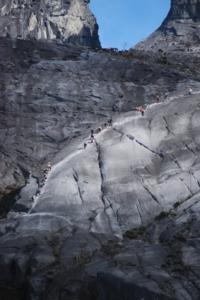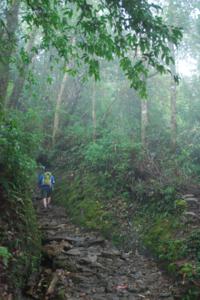Footwear
The proper footwear for hiking should keep you comfortable and safe, and depends on the length and type of trek. For an hour-long jaunt across town, some people may feel comfortable simply walking in sandals. Others may want to strap on a set of trainers for some greater arch support.
For riverbed hiking, many walkers wear Tevas or open toed river shoes to gain maximum grip on wet rocks. Some, myself included, feel more comfortable simply walking barefoot.
But for any hike longer than a walk across town and which doesn’t involve any water components you’re going to need a sturdy pair of hiking boots with high ankle support to protect against rolling an ankle in places where only helicopters can save you. They can be a bit clunky in your bag, but they fit and are appropriate for the journey.



